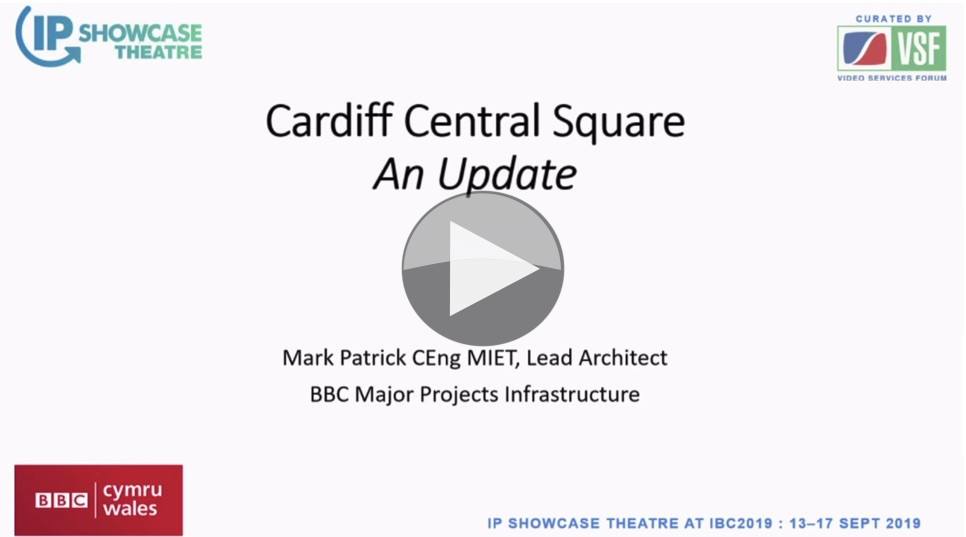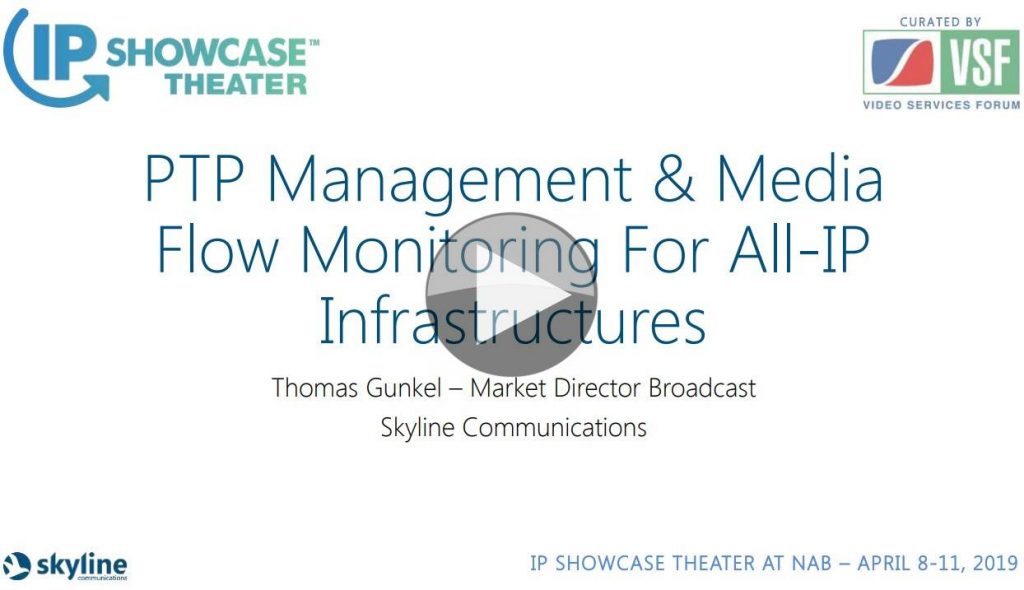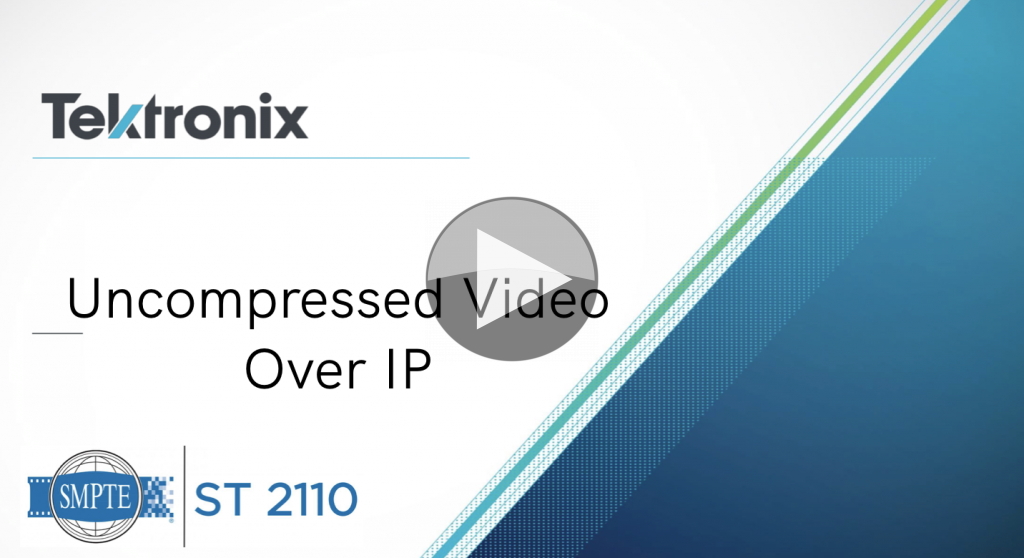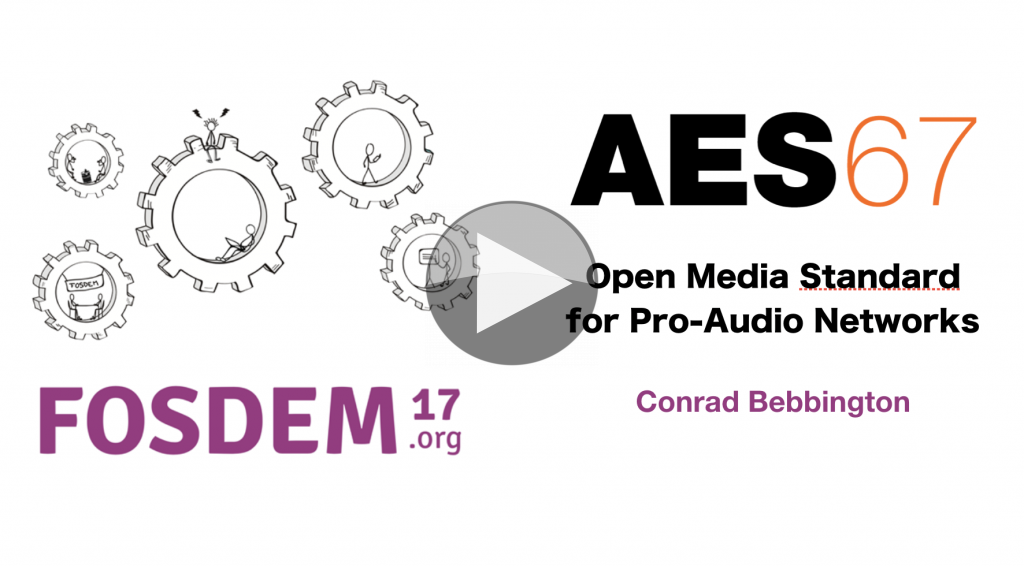It’s being closely watched throughout the industry, a long-in-the-making project to deploy SMPTE ST 2110 throughout a fully green-field development. Its failure would be a big setback for the push to a completely network-based broadcast workflow.
The BBC Cardiff Central Square project is nearing completion now and is a great example of the early-adopter approach to bringing cutting-edge, complex, large-scale projects to market. They chose a single principle vendor so that they could work closely in partnership at a time when the market for ST 2110 was very sparse. This gave them leverage over the product roadmap and allowed to the for the tight integration which would be required to bring this project to market.
Nowadays, the market for ST 2110 products continues to mature and whilst it has still quite a way to go, it has also come a long way in the past four years. Companies embarking similar projects now have a better choice of products and some may now feel they can start to pick ‘best of breed’ rather than taking the BBC approach. Whichever approach is taken there is still a lot to be gained by following and learning from the mistakes and successes of others. Fortunately, Mark Patrick, Lead Architect on the project is here to provide an update on the project.
Mark starts by giving and overview of the project, its scale and its aims. He presents the opportunities and challenges it presents and the key achievements and milestones passed to date.
Live IP has benefits and risks. Mark takes some time to explain the benefits of the flexibility and increasingly lower cost of the infrastructure and weighs them agains the the risks which include the continually developing standards and skills challenges
The progress overview names Grass Vally as the main vendor, control via BNCS having being designed and virtualised, ST 2110 network topology deployed and now the final commissioning and acceptance testing is in progress.
The media topology for the system uses an principal of an A and a B network plus a separate control network. It’s fundamentally a leaf and spine network and Mark shows how this links in to both the Grass Valley equipment but also the audio equipment via Dante and AES67. Mark takes some time to discuss the separate networks they’ve deployed for the audio part of the project, driven by compatibility issues but also within the constraints of this project, it was better to separate the networks rather than address the changes necessary to force them together.
PTP timing is discussed with a nod to the fact that PTP design can be difficult and that it can be expensive too. NMOS issues are also actively being worked on and remains an outstanding issue in terms of getting enough vendors to support it, but also having compatible systems once an implementation is deployed. This has driven the BBC to use NMOS in a more limited way than desired and creating fall-back systems.
From this we can deduce, if it wasn’t already understood, that interoperability testing is a vital aspect of the project, but Mark explains that formalised testing (i.e. IT-style automated) is really important in creating a uniform way of ensuring problems have been fully addressed and there are no regressions. ST 2110 systems are complex and fault finding can be similarly complex and time consuming.
Mark leaves us by explaining what keeps him awake at night which includes items such as lack of available test equipment, lack of single-stream UHD support and NMOS which leads him to a few comments on ST 2110 readiness such as the need for vendors to put much more effort into configuration and management tools.
Anyone with an interest in IP in broadcast will be very grateful at Mark’s, and the BBC’s, willingness to share the project’s successes and challenges in such a constructive way.
Speaker
 |
Mark Patrick Lead Architect, BBC Major Projects Infrastructure |








